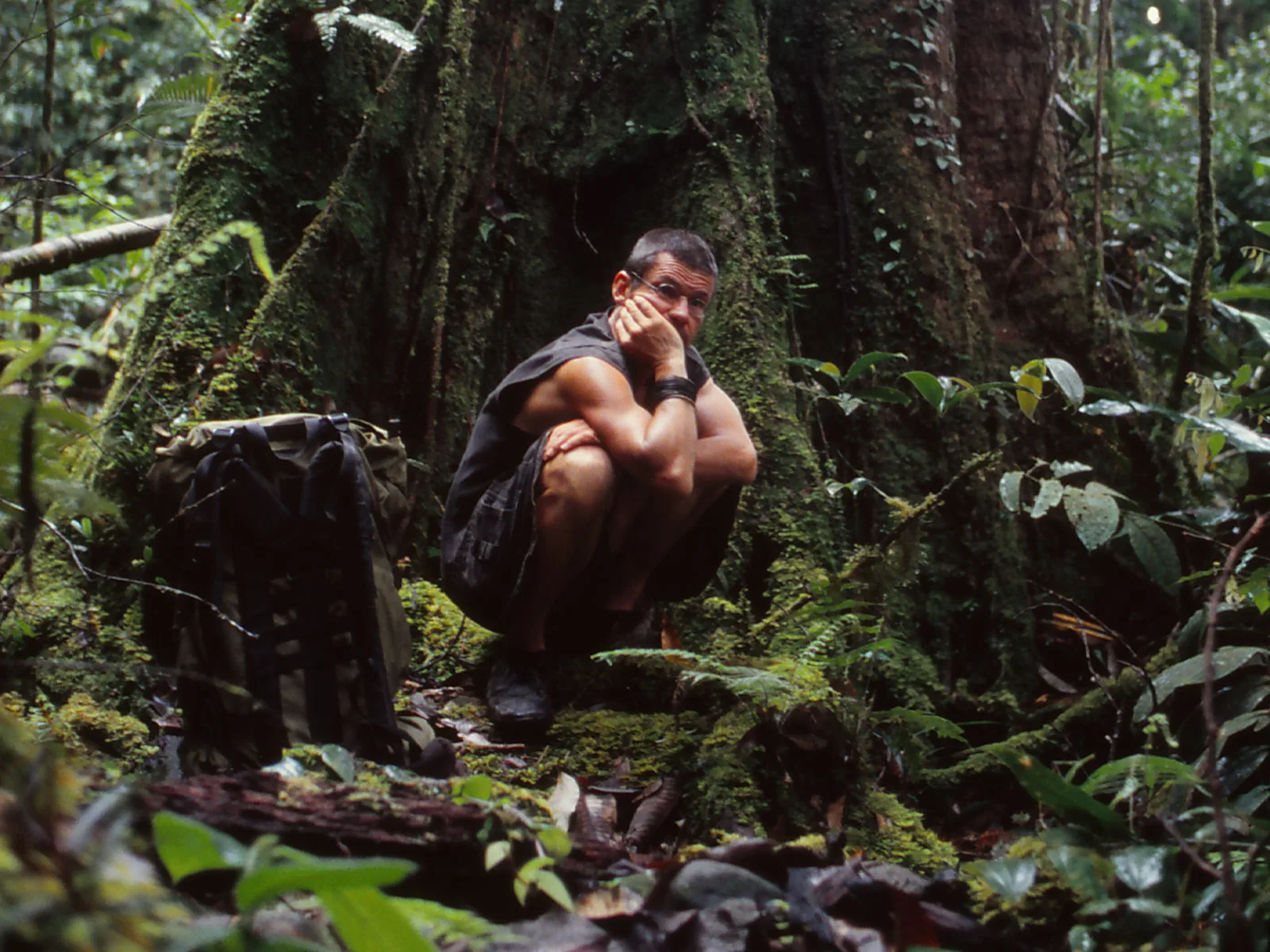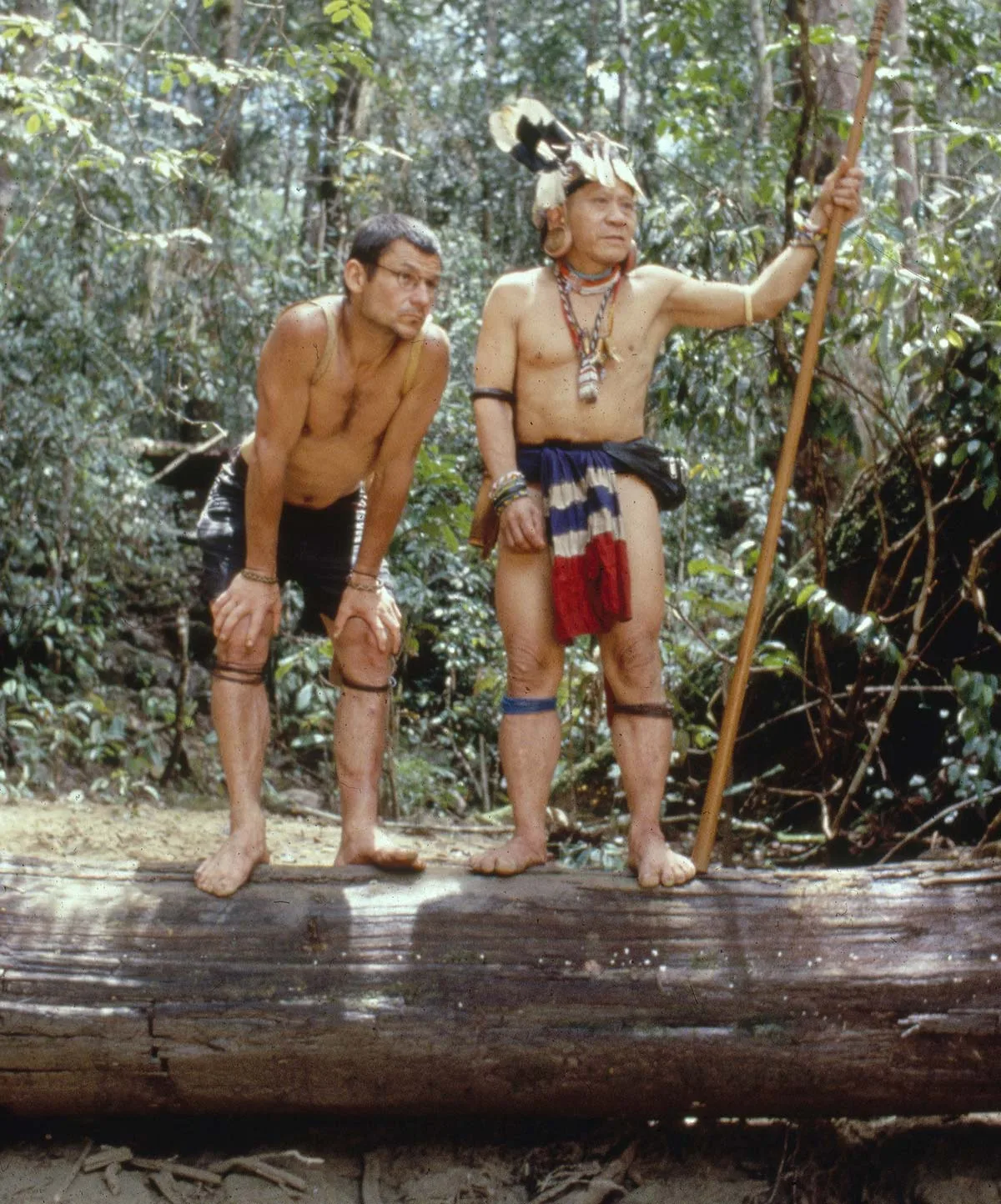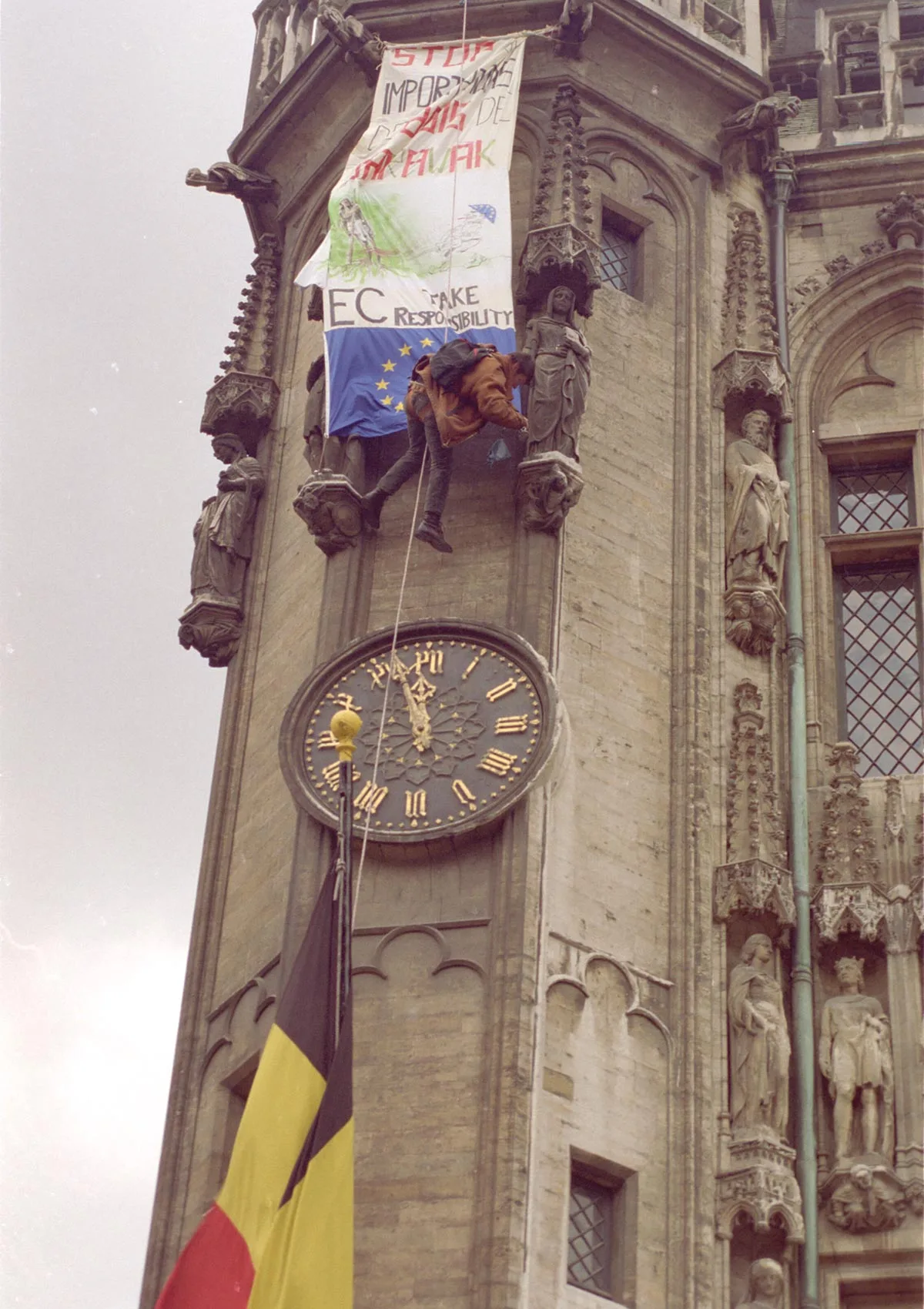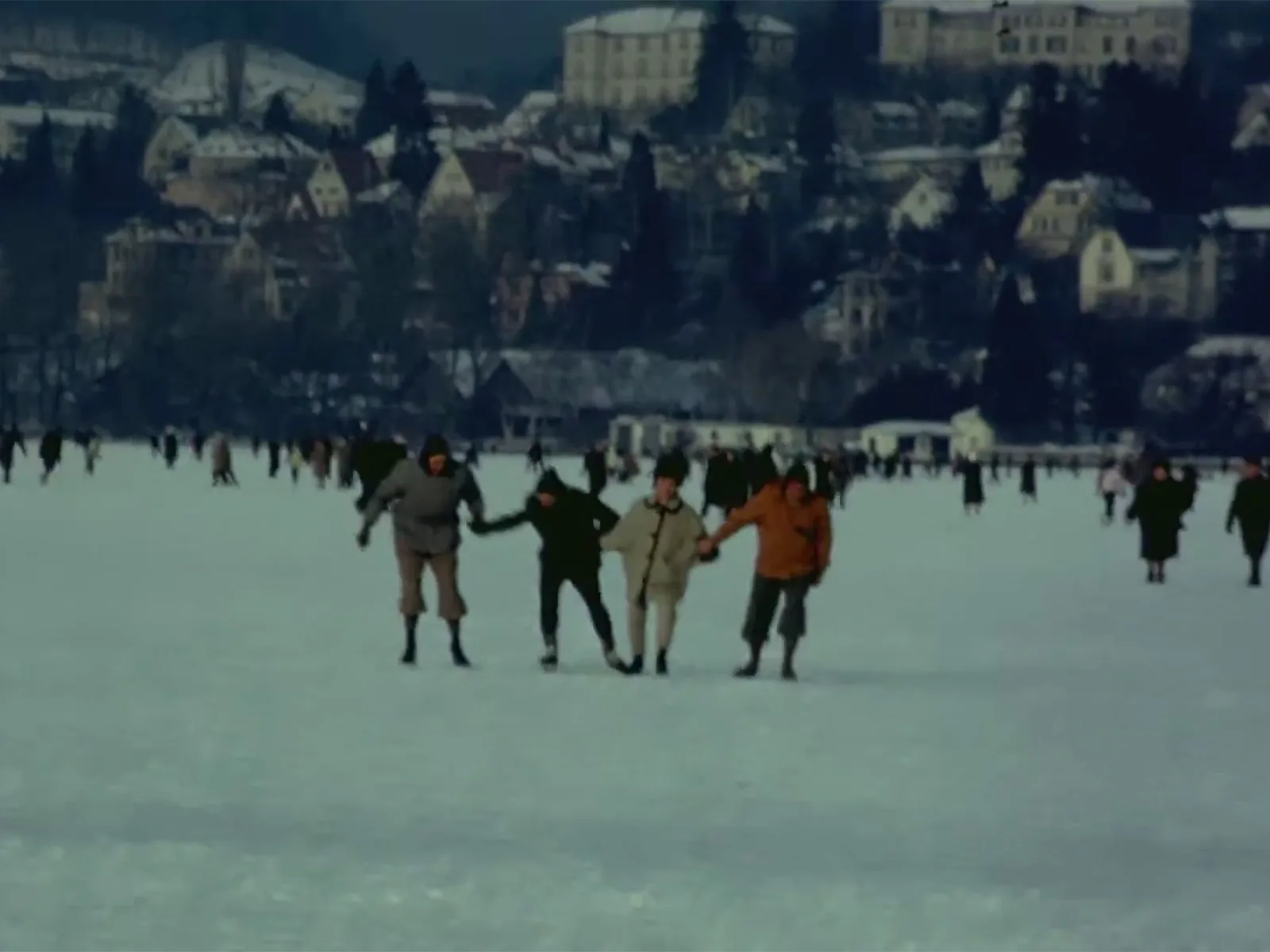
Guardian of the rainforest
Bruno Manser was one of the world’s first environmental activists, and he launched spectacular protests to fight against rainforest deforestation. This earned him admiration, but it also caused him problems with the authorities.
TV report on Bruno Manser’s knitting campaign in front of the Bundeshaus (in French). RTS





